The 2023-2024 travel season has marked a significant year for tourism in Antarctica. Although the official statistics from IAATO, Antarctica’s tour operators’ association and de facto tourism authority, are yet to be released, they are expected to surpass the previous year’s record of 105,331 visitors. This would represent a more than 40 percent increase from the pre-pandemic peak season of 2019-2020.
Most of these travelers arrived on cruise ships departing from South American ports, navigating around the northern tip of the Antarctic Peninsula. This 311-mile stretch, known for its icebergs, glaciers, and snow-covered peaks, is home to the continent’s most frequented landing sites—Neko Harbour, Whalers Bay, and Cuverville Island, populated by gentoo penguins. Each of these locations saw about 20,000 visitors last year, indicating a surge in crowding.
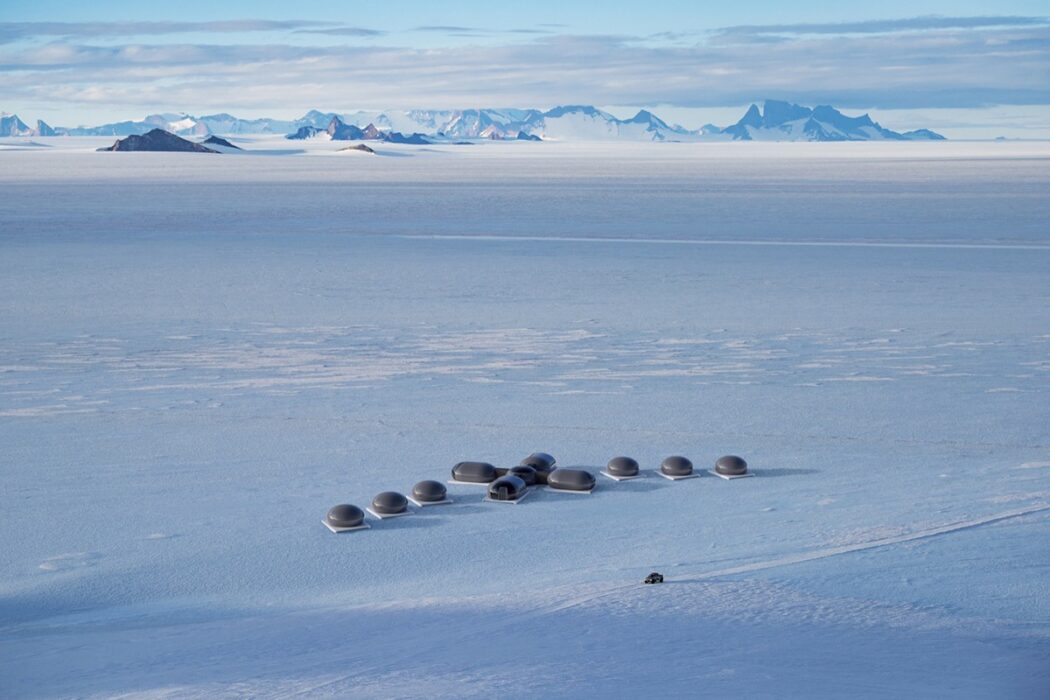
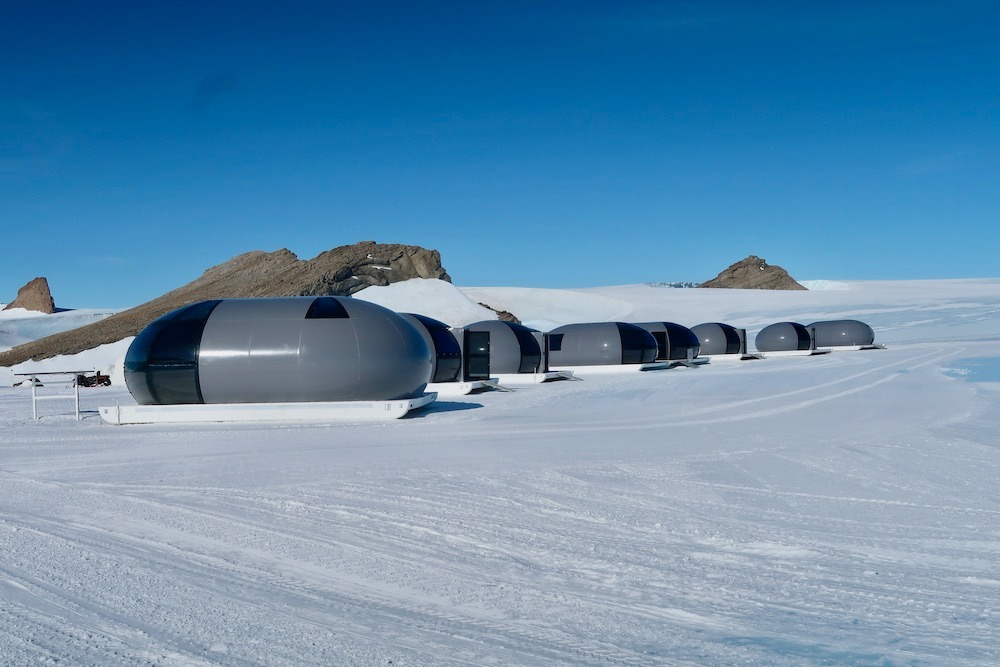
In contrast, on Queen Maud Land, a pizza slice-shaped territory about 1,860 miles to the east, luxury tour operator White Desert offers a more exclusive experience. Operating around Wolf’s Fang, Antarctica’s only private aircraft runway set atop a mile-thick ice slab, White Desert’s three 12-person polar camps provide guests with a unique glimpse of Antarctica, akin to what scientists and explorers experience. The total visitor count for these camps is capped at around 250 per season, with guests arriving by chartered jet from Cape Town instead of by cruise ship.
“I wanted to create something far more bespoke than a cruise,” says Patrick Woodhead, the polar explorer who cofounded White Desert in 2005. “When it’s just 12 of you observing a colony of 20,000 penguins, it’s a near-spiritual experience. But when you’re one of 200 guests following a marked path, you lose that sense of serendipity.”
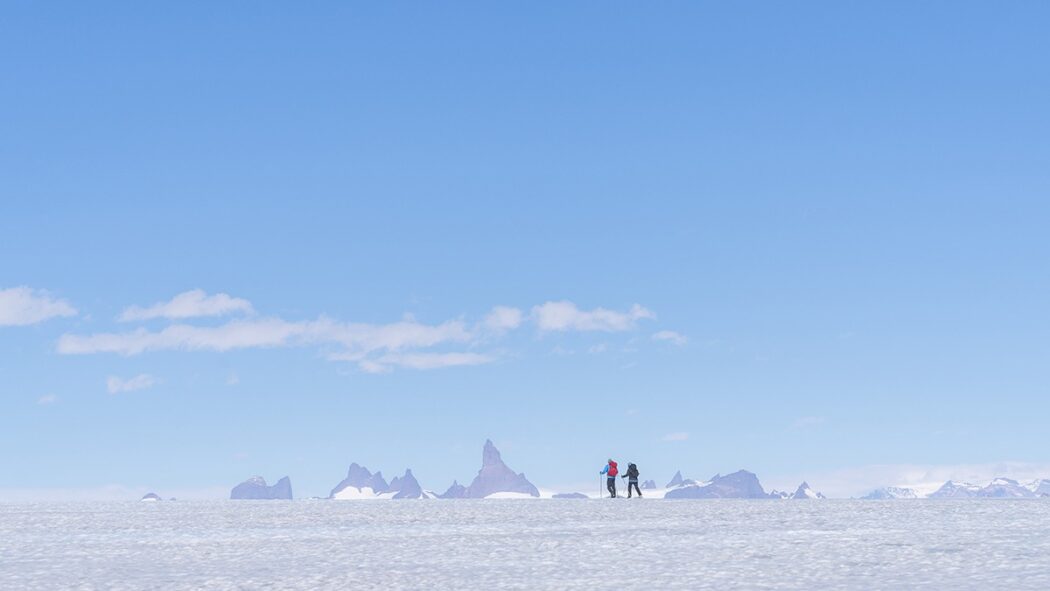
In late 2022, White Desert launched its third camp, Echo, featuring six ellipsoid “sky pods” made of fiberglass and a communal hub with dining, lounge, and hot shower facilities. This camp, one of Robb Report’s 50 Best Hotels in the World, departs from the Shackleton-inspired leather-and-brass aesthetic of White Desert’s first outpost, Whichaway Camp, located in the ice-free Schirmacher Oasis. Echo’s design is more futuristic, inspired by astronauts like Terry Virts and Buzz Aldrin, who have visited White Desert and likened Antarctica’s icy landscape to that of another planet. Woodhead envisioned the camp as an intergalactic space station, complete with clean lines, high-design furniture, and a $320,000 light sculpture by British-American artist Anthony James in one of the lounges.
The camp’s location is indeed otherworldly. Floor-to-ceiling windows at the foot of each bed offer views of an infinite expanse of snow and ice, punctuated by the jagged granite peaks of the Drygalski Mountains on the horizon, many of which have never been touched by humans. From a rocky ridge behind the camp, the vastness of Antarctica becomes strikingly apparent, offering an experience no cruise can match.
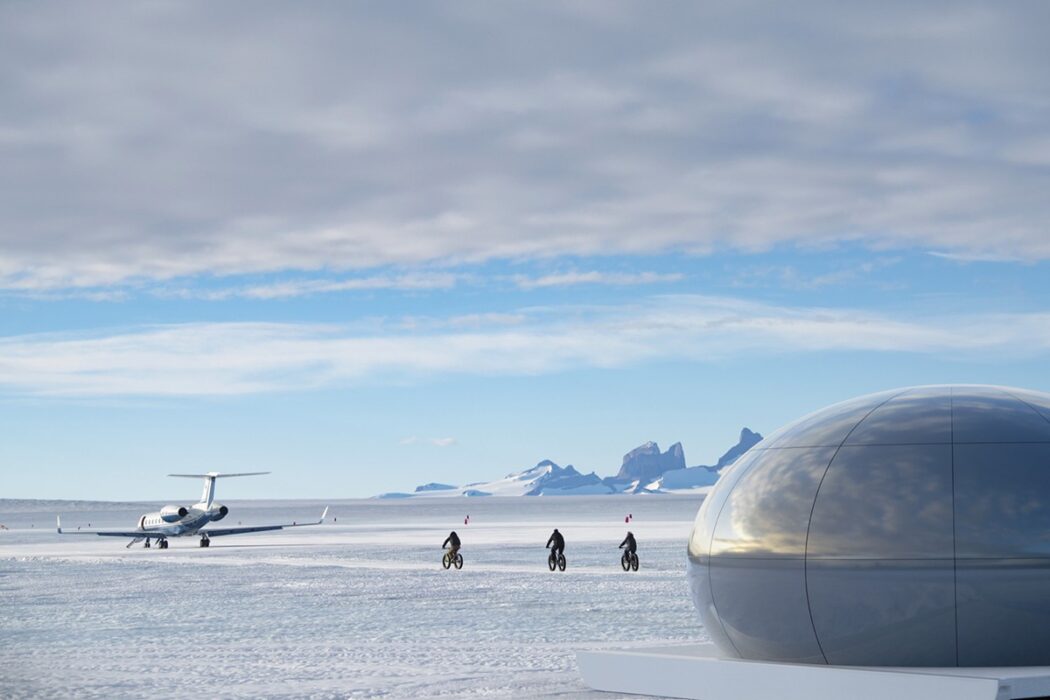
Activities at the camp immerse guests in the extreme Antarctic landscape. These include rock-climbing and abseiling at nearby nunatak mountains, cross-country ski trips, and expert-guided camping in nearly untouched valleys. Depending on weather conditions—nature always has the upper hand in this remote part of the world—White Desert’s ski-equipped Basler BT-67 planes take guests on day-trips further afield. These excursions include visits to Atka Bay, home to one of the largest Emperor Penguin colonies, and, for an additional charge, expeditions to the rarely visited Geographic South Pole, with an overnight stay at Dixie’s Camp, an ultra-remote tented base with the International Space Station as its nearest neighbor, orbiting 250 miles above.
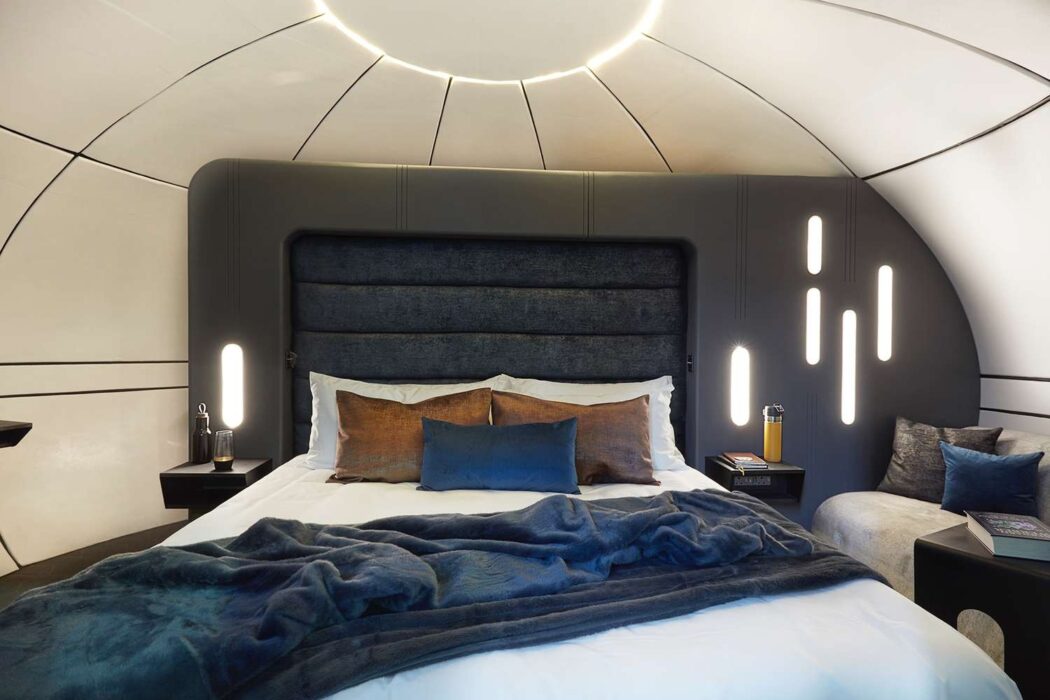
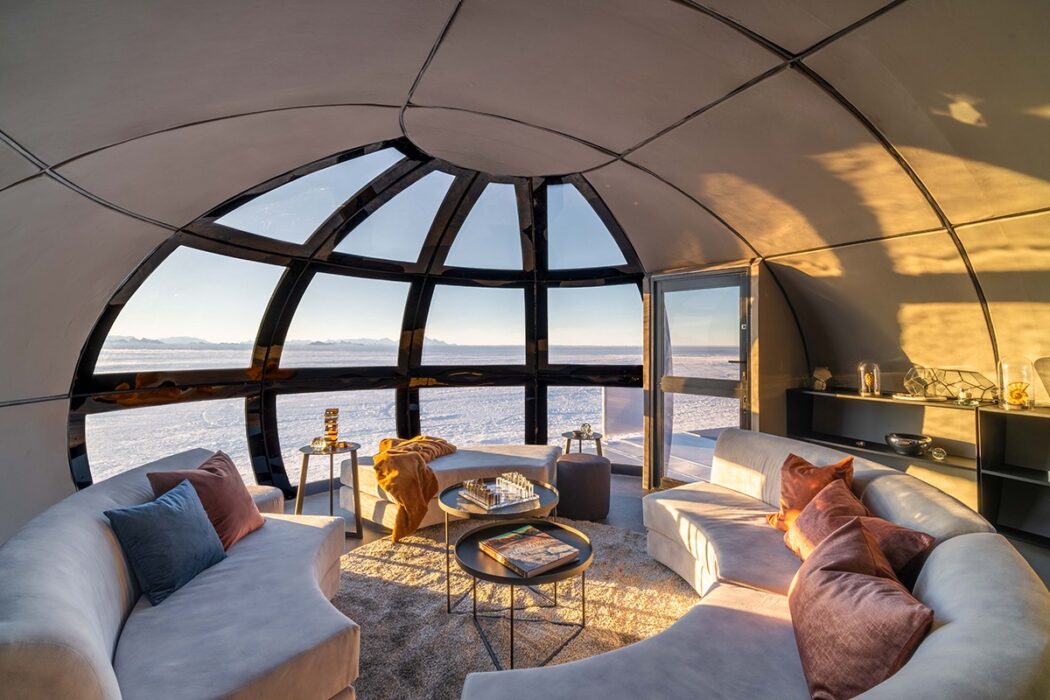
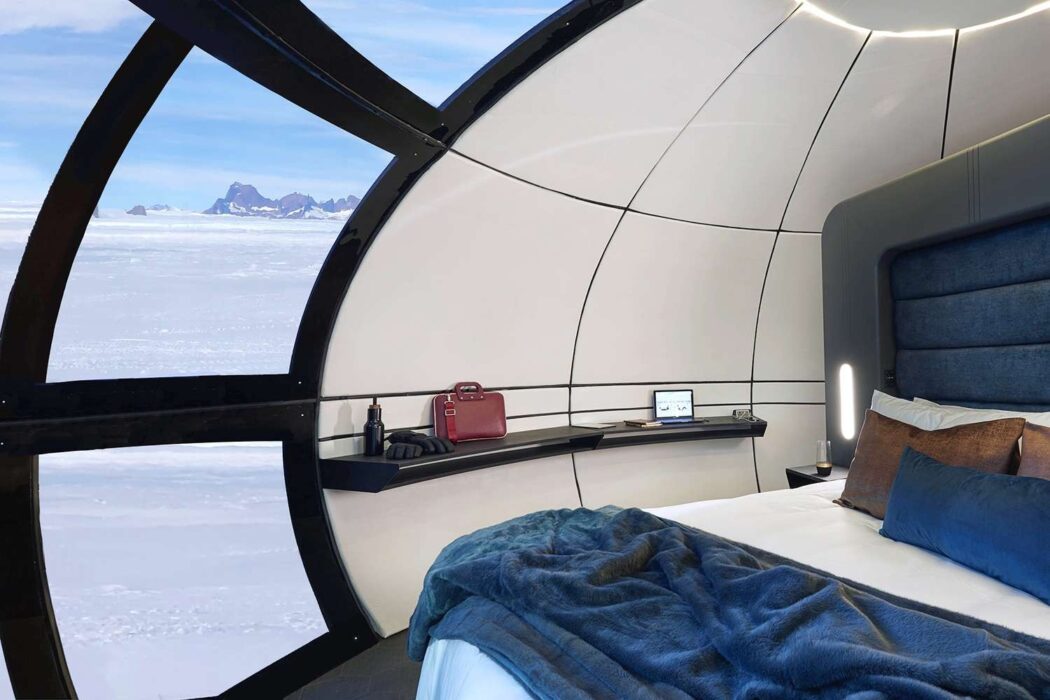
Of course, such an exclusive experience comes at a price. Rates for a week-long stay at Echo start at $71,500 per person. This fee supports White Desert’s complex logistics (a can of Coke costs $37 to transport to the camp) and contributes to the soon-to-launch White Desert Earth Foundation, which will fund investments in sustainable science and education, including a green tech hub at Echo camp.
Despite the high cost, spots for the three-month travel season fill up quickly. “High-net-worth travelers are increasingly prioritizing learning and discovery over conventional luxuries,” says Tom Cahalan, cofounder of travel agency Dorsia Travel. His ultra-high-net-worth clients are willing to pay six-figure sums for such unique experiences. “For them, the privilege of staying in such a special setting is far more valuable than bedding down in a Four Seasons. The exclusive experience White Desert offers makes it highly personal and fully bespoke, unlike the more formalized approach of traditional cruises. More importantly, getting so close to nature makes visitors acutely aware of their environmental impact.”
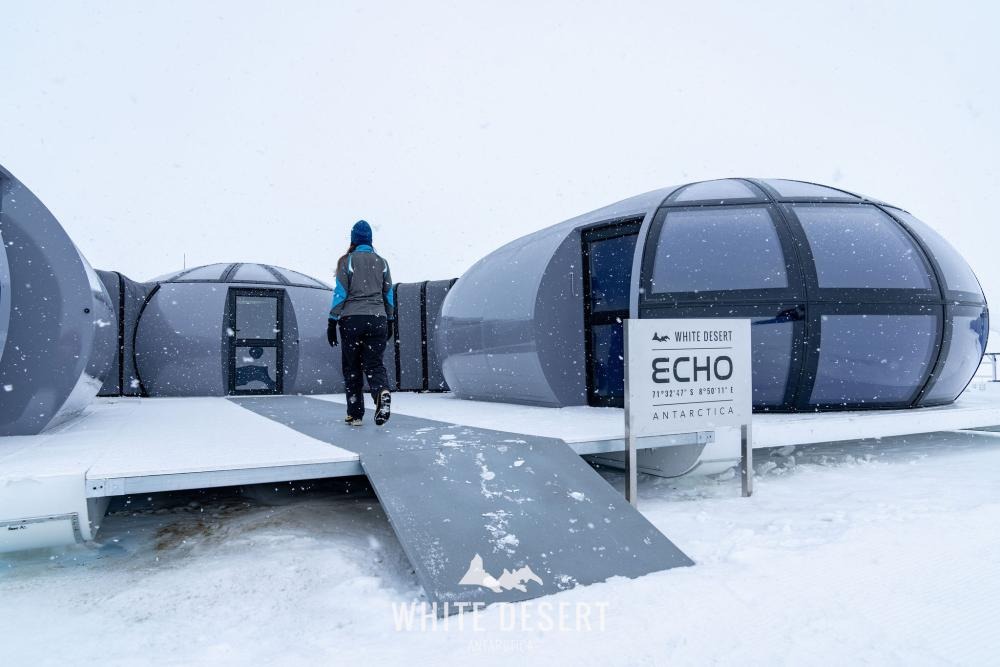
White Desert combines fine-dining meals, Champagne picnics, and on-demand massage treatments to turn a journey to one of Earth’s most inhospitable regions into an ultra-luxurious experience. Yet, it’s the ethereal and immense landscape of inner Antarctica that leaves the deepest impression.
“You have this amazing sense of humility when you come out here, there’s very little ego,” Woodhead says. “It’s humbling when Mother Nature dictates what you can and can’t do. She makes all the rules and forces us to pay attention.”



